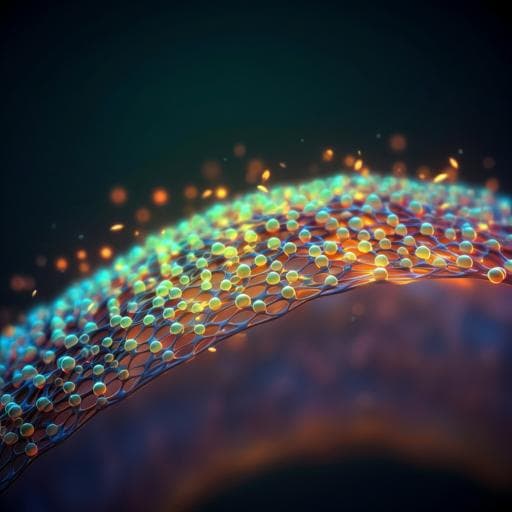
Medicine and Health
Liquid-metal-based three-dimensional microelectrode arrays integrated with implantable ultrathin retinal prosthesis for vision restoration
W. G. Chung, J. Jang, et al.
Discover how a groundbreaking 10 µm-thick soft artificial retina utilizing innovative flexible photosensitive transistors and EGaIn alloy electrodes holds the potential for improving vision restoration, as revealed by the research conducted by Won Gi Chung, Jiuk Jang, Gang Cui, Sanghoon Lee, Han Jeong, Haisu Kang, Hunkyu Seo, Sumin Kim, Enji Kim, Junwon Lee, Seung Geol Lee, Suk Ho Byeon, and Jang-Ung Park.
~3 min • Beginner • English
Related Publications
Explore these studies to deepen your understanding of the subject.







